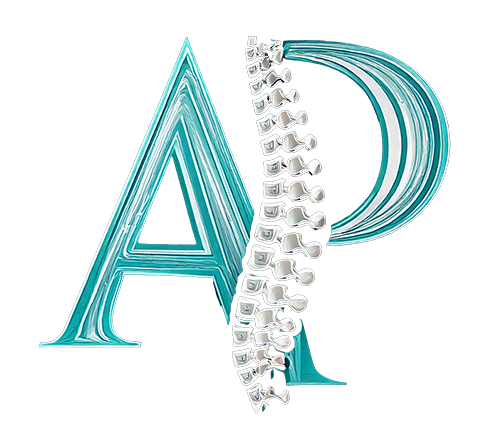Plantar Fasciitis
The plantar fascia is a layer of connective tissue on the sole of the foot. When it becomes inflamed, you have plantar fasciitis (PF).

Symptoms of Plantar Fasciitis
The bone of the heel is called the calcaneus. PF usually starts with a sharp pain at the front-most tip of the calcaneus. It may be located more towards the inner arch than the centre of the foot, and pain may radiate towards the toes. It may be worse when stretched- so walking can be painful. However, as you continue to walk, it may ease up. Symptoms return after rest.
There are a number of conditions that behave similarly, such as problems with a nerve. Your osteopath can give you a diagnosis at your appointment.
What Happens in Plantar Fasciitis
Fasciitis is inflamation of the layer of tissue between skin and muscle. There is a thick layer of fascia on the sole of the foot (the plantar aspect) which behaves like a tendon to some degree. Plantar fasciitis may begin with micro-tears to the tissue, similar to what happens in a ligament with a minor sprain. This may be an injury associated with sports, or it could be the result of normal ageing and degeneration. The symptoms become more significant if they don’t self resolve. Some consider it a degenerative condition leading to inflammation, rather than an inflammatory condition in itself. This is not to say that there is no way out of it- improving local tissue health will enable better healing.
Sometimes it is called “policeman’s heel” in reference to the repetitive trauma of persistent walking. You may also hear people talk about “heel spurs” in reference to plantar fasciitis, but this is misleading as heel spurs are protrusions made of bone, and not present or relevant in all cases.
Plantar fasciitis is a common injury in runners, but it also affects 10% of the non-athletic population. Onset does not have to be traumatic as such, but wearing unsupportive or restrictive footwear can play a role. Flip flops and high heels are noted as common factors in the development of PF.
Treatment and Advice
Dry needling and acupuncture have been investigated as potential treatment methods, and results suggest that they may provide some benefit. In the same paper, manual therapy was found to be more effective than corticosteroid injections for plantar fasciitis.
PF can take a while to clear up, so it’s worth doing everything you can to help it on its way. Your osteopath can help you with the details, but the NHS recommends avoiding shoes that are tight or lack support, and to limit the time you spend standing.
If you’re suffering with foot pain, book an appointment now.

